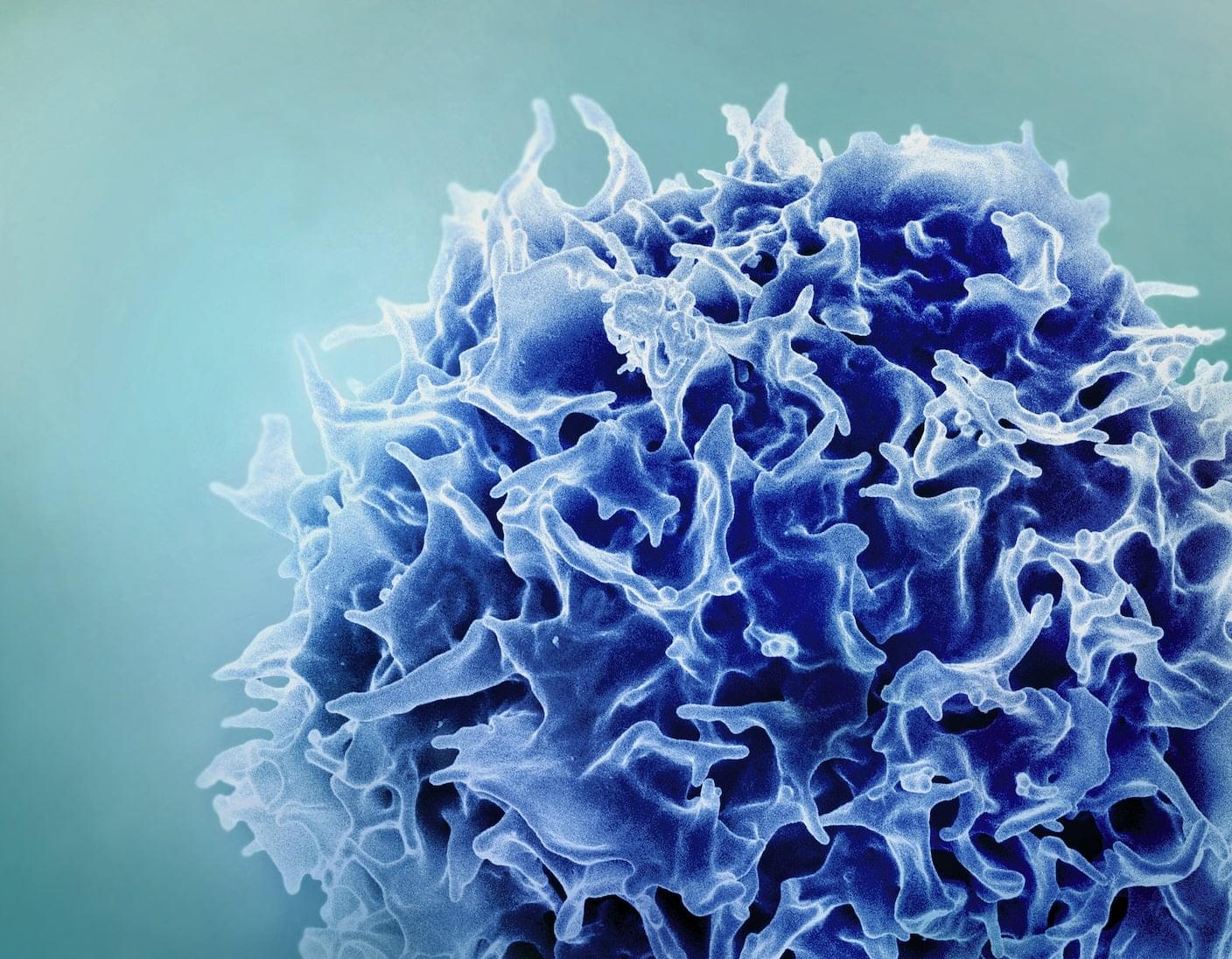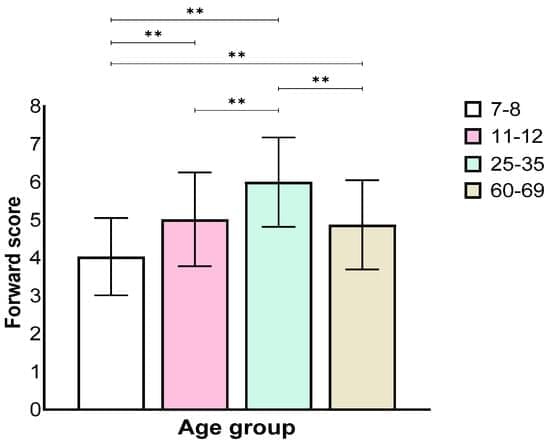In the past year, two separate experiments in two different materials captured the same confounding scenario: the coexistence of superconductivity and magnetism. Scientists had assumed that these two quantum states are mutually exclusive; the presence of one should inherently destroy the other.
Now, theoretical physicists at MIT have an explanation for how this Jekyll-and-Hyde duality could emerge. In a paper appearing today in the Proceedings of the National Academy of Sciences, the team proposes that under certain conditions, a magnetic material’s electrons could splinter into fractions of themselves to form quasiparticles known as “anyons.” In certain fractions, the quasiparticles should flow together without friction, similar to how regular electrons can pair up to flow in conventional superconductors.
If the team’s scenario is correct, it would introduce an entirely new form of superconductivity — one that persists in the presence of magnetism and involves a supercurrent of exotic anyons rather than everyday electrons.









